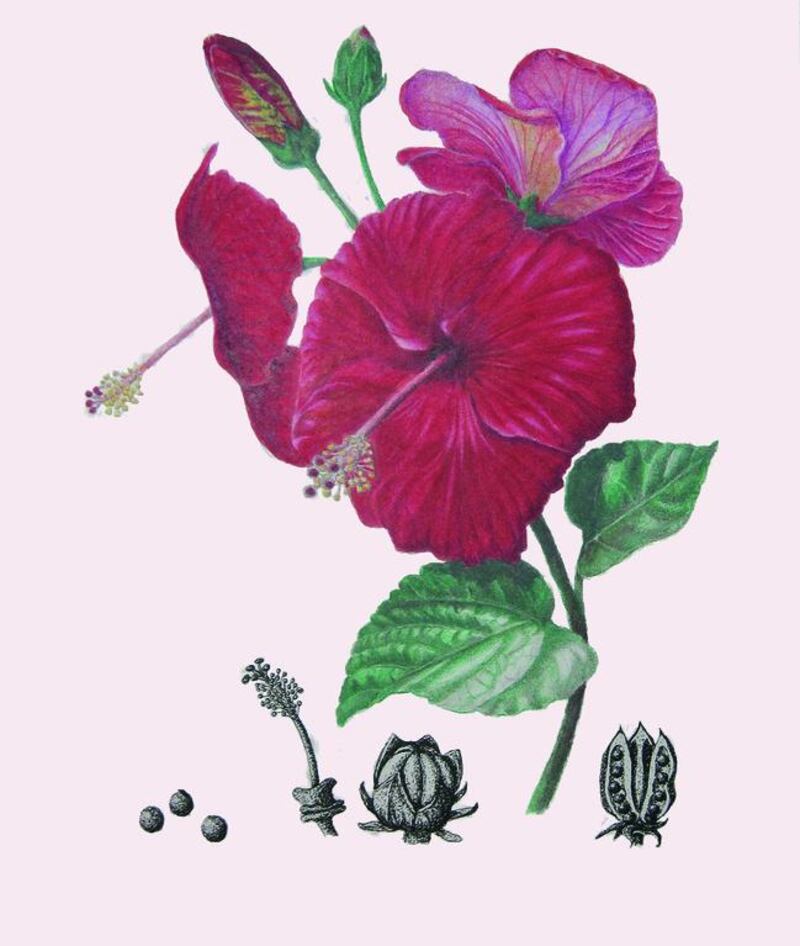Living in a country mainly made of sand isn’t always ideal for gardening; however, the Hibiscus rosa-sinensis, or China rose, is one of the few plants that flourishes in sand, as long as it’s regularly fertilised with a balanced feed.
One of the most well-known of the 250-plus species that comprise the Hibiscus genus, the China rose can be grown as a shrub or as a container plant. It is recommended that, if planted in a container, it is replanted and its roots pruned at least every three years. Susceptible to a variety of pests such as spider mites, which cause a mottled yellowing of the leaves, and thrips, resulting in bud drop, the China rose also attracts mealy bugs, which infested the region in 2000.
The China rose is Malaysia’s national flower and is often referred to as Bunga Raya in the Malay language. Finally, it may have some potential in skincare where it was seen to function as an anti-solar agent by absorbing UV radiation.





